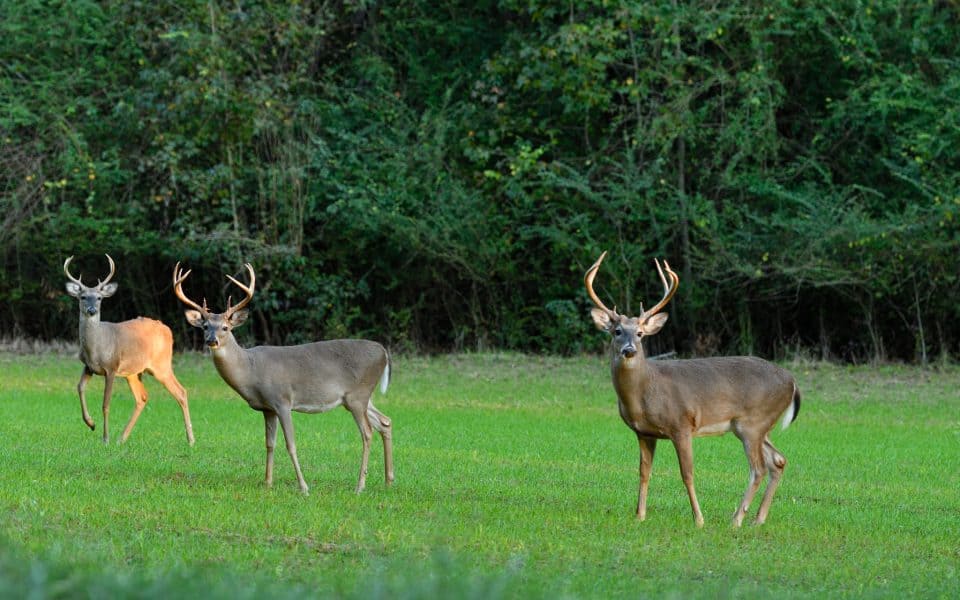Watch any popular hunting show now days, or pick up any hunting magazine and no doubt, whitetail deer are front and center. Whitetails are America’s most popular big game animal and sought by millions of hunters across the nation and for good reason. Whitetail numbers across the country are at all-time highs, but that has not always been the case.
When European settlers arrived in America, whitetails were abundant. By the early 20th century, deer populations had crumbled. Deer parts were bought and sold by settlers and traded with Europe and other countries. Commercial trade in deer hides and subsistence hunting peaked in the early 1700s. Market hunting and lack of effective game laws and enforcement led to near extirpation of whitetails across much of the country.
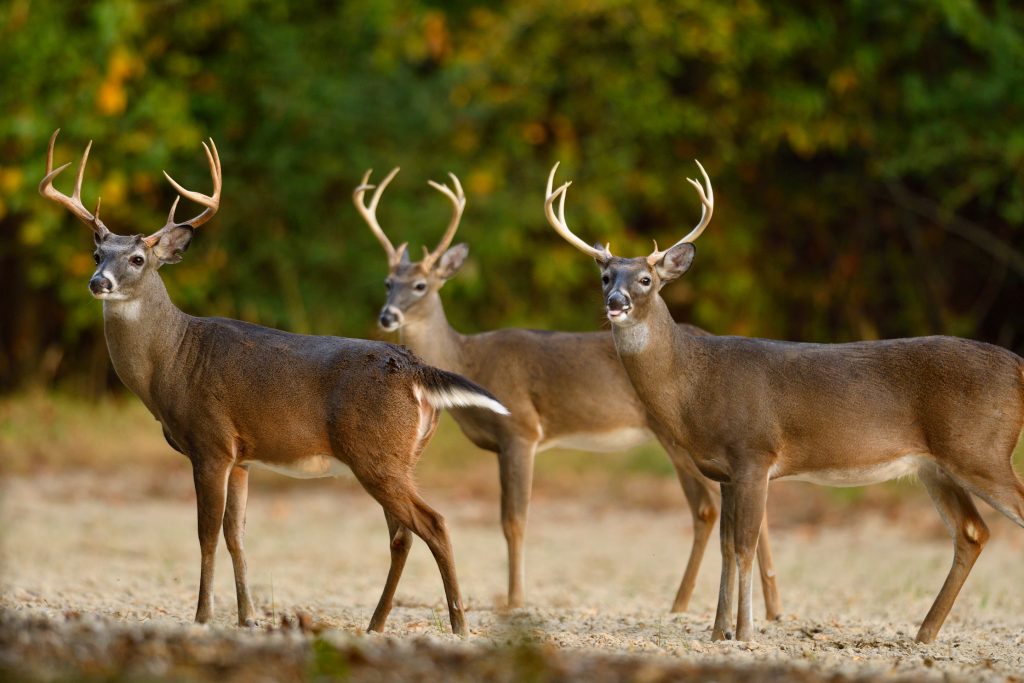
Tes Jolly
By the early 1900s, deer reached their lowest population levels and most of the remaining deer populations, especially in the southeastern United States, were found on private land. Another contributing factor was habitat change through excessive timber harvest and expanding agriculture practices. Loss of habitat after centuries of market hunting and poor management caused these great game animals to disappear from many of their native ranges.
In the early 1900s, efforts began to restore whitetail populations to their native range. State wildlife agencies led the way with “trap and relocate” programs, effective game laws and added personnel to enforce those laws and to educate the public.
By the turn of the 21st century, deer had flourished and reached or even exceeded carrying capacity across much of the landscape. Hunting seasons and regulations evolved to better manage the exploding populations and the whitetail deer hunting craze was raging across the land.
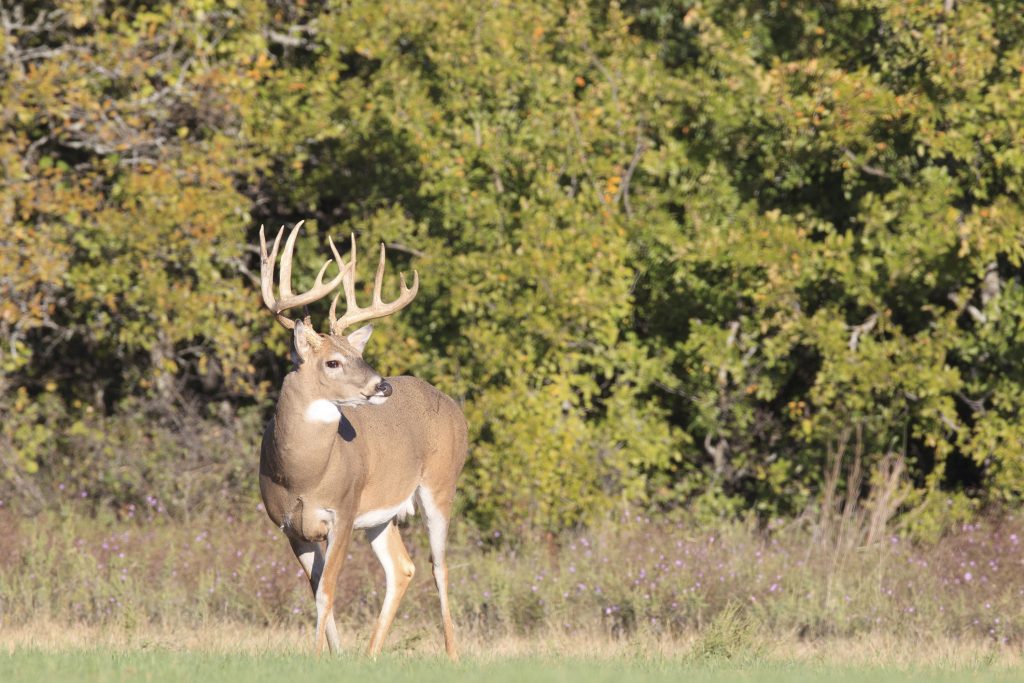
Mikael Males
Hunters and landowners turned their attention from just hunting deer to managing their properties and the deer that lived on them by improving habitat, planting food sources, and selectively harvesting does while letting young bucks walk.
The result of all these management practices led to a culture change in deer hunting that is now the norm. Entire industries were transformed to meet the demand for gamekeepers and hunters who wanted healthy whitetail populations and big bucks. Mossy Oak® led the way by creating companies like Biologic® and Native Nurseries® to provide forage foods and mast crops beneficial to growing and maintaining healthy deer herds and big bucks. Mossy Oak® Properties was created to help the legions of hunters who wanted to become gamekeepers and own their own piece of dirt and have skin in the whitetail management game. This magazine, Gamekeepers™, is a direct result of the energy and popularity of wild game management and was created to educate landowners and hunters on how to accomplish their management goals.
The result of all this effort in now reflected in television shows, magazines, podcasts, social media and perhaps most importantly, in every deer hunters dreams of harvesting a mature buck. Terms like shooter, mature, wall hanger, toad , trophy, monster and giant now stoke the fire that consumes whitetail deer hunters today.
What about Me?
Like many deer hunters across the country, our journey to owning a farm and having mature bucks on it that met our expectations was a slow, deliberate process that had many ups and downs. Mother Nature moves at her own pace, one that we can only prod, pray and hope to change.
My wife Tes, and I, learned that perhaps the most important change was our own expectations. We know that food + cover + age = mature bucks so we do everything we can to provide and enhance those aspects. We learned the work we do today often takes weeks, months, even years to pay dividends. We proved you can’t grow an Iowa giant in Alabama, accepted what we could grow, and learned how to identify and enjoy the mature bucks on our farm for what they are – the best they can be.
In parts of Iowa, a five-year-old whitetail can grow 200 inches of antler and weigh north of 250 pounds. On our farm in Alabama, that same five year old buck will sometimes weigh 200 pounds and hopefully his antlers score north of the 140 inch mark. The key is to know what to expect from the bucks on your property, know how to identify mature bucks on your property, and decide how to enjoy the fruits of your labor to their fullest.
Buck Harvest Shooter List
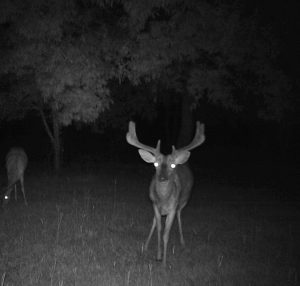
Ron Jolly
Our farm is small, 210 acres, but we have great neighbors with many of the same goals. Tes and I do everything our budget allows to provide food and cover that attracts bucks and holds them during daylight hours. Food plots are planted on twenty percent of our acreage. Bedding areas are cultivated with hack-and-squirt treatments with Arsenal and by thinning and burning planted pines. Another twenty acres are designated sanctuary.
Trail cameras are used extensively to determine which bucks use our property and when they use it. We live on our farm and have time to monitor deer movement and position trail cameras were they are most likely to capture images of resident deer. We focus our efforts on food sources such as early acorn drop, clover fields and mineral licks. To learn how to do a complete trail camera survey go to www.deerassociation.com/run-trail-camera-survey/.
Once we get a photograph of a buck that we think is mature we make every effort to get more photos. We name the buck and start a folder for all its images. In the folder, we keep written notes of where and when the image was captured. We also try to “put eyes on the deer.” The goal is to identify bucks that we think are at least four years old. When enough evidence suggests a certain buck is four or older, we place that buck on our “shoot list.” Younger bucks are treated with the same intensity but they are designated “next year” bucks.
Trail camera photos are useful in determining a shooter buck but nothing replaces “eyes on.” It is hard to judge antler mass and body weight with trail camera photos alone. During early antler growth periods, this is especially true. Velvet-covered antlers look larger than they actually are and body weights are down at this time of year. Later, when velvet is gone and bucks grow their winter coats, it is easier to judge a buck by trail camera photos.
In an effort to identify possible shooter bucks on our farm we adopted a formula used by Tara Wildlife near Vicksburg, Mississippi.
The Harvest Formula
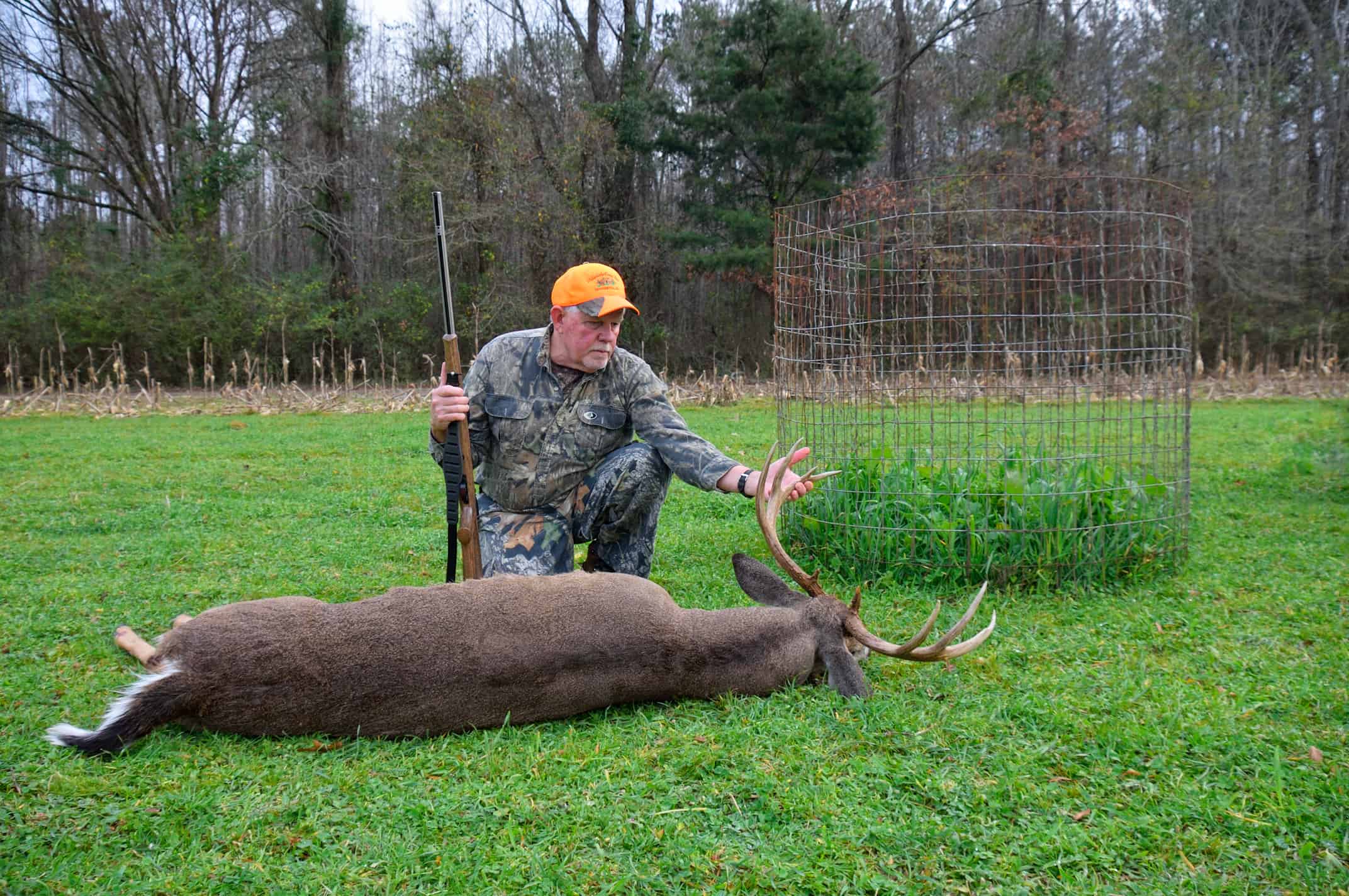
Tes Jolly
In an effort to shoot three-year and older bucks, Tara Wildlife developed a formula that helped their hunters identify shooter bucks on their property. These are the categories used to judge bucks at Tara and the minimum values for each category:
- Body weight – 185 pounds
- Antler mass – 4 inches at the base and decent mass carried throughout the rack
- Beam length – 20 inches
- Tine length – Decent (7 inches plus on G2’s and G3’s)
- Antler spread – 15 inches
This formula and set of values works at Tara, but what about other parts of the country? Northern whitetails are larger animals and often have greater antler mass. Texas whitetails are smaller deer and often do not carry heavy antler mass. So how can the formula work for you?
At Tara, and our farm, all deer harvested are weighed and aged and the antlers are measured. We use that data to establish our values for the formula. If you do not have that data for your deer, there are several ways to obtain information to get you started. Contact a neighbor that manages his herd and keeps records of antler measurements, body weights and age of harvested bucks. Another option is to contact a private game manager in your area. He should be able to provide information that will help you determine the values to use for deer in your area. Until you can accumulate enough data to apply your own values on your land, contact your state wildlife agency, a local wildlife biologist or The National Deer Association, www.deerassociation.com, for information on deer in your area.
Customizing the Formula
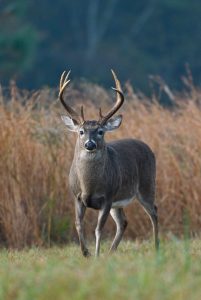
Tes Jolly
In 2009, Tes killed her Alabama three-buck limit on our 210 acres. The first buck was a 210 pound eight-point that scored 134 inches, the second was a 225 pound non-typical eleven point, and the third was a 225 pound eight-point with a 20 ½ inch inside spread we had named “Hoss.” All three bucks were four-year-olds. The first buck had never been seen or photographed, but trail camera photos had landed the other two bucks on our shoot list.
After the 2009 season, we made the decision to let three-year-old bucks walk on our farm. With the harvest information from that year, we customized the formula to our bucks. We upped the body weight to 200 pounds and in 2012, I took a buck that we had been on our shoot list for two seasons. We had named him “Niner” because of his wide nine-point rack that measured 21 inches inside spread and gross scored 145 inches. Niner weighed 230 pounds and was five years old.
In 2010, feral hogs began their onslaught of our area. Just four years after the initial sounder appeared on our farm we had to adjust the formula again. Our inability to grow corn and other crops combined with competition for native mast caused live weights of bucks to decrease dramatically. Despite great efforts to control feral hogs on our land, body weights of mature bucks remained down. To adjust, we lowered the body weight value in the formula back to 185 pounds in 2016. We are considering lowering it again to 175 to reflect the situation we see in mature bucks on the farm today.
Satisfaction Guaranteed
Mature whitetail bucks are a mystery to many people who hunt them. They are very secretive, elusive and just plain smart. One of the toughest decisions a hunter has to make is whether to pull the trigger or release the arrow. In an area that rarely produces a buck that scores 150 inches, it is very satisfying to know we are giving our bucks the opportunity to grow the best antlers possible.
If you have a history of observing your herd or trail camera data so you know the age of a buck, then it can be relatively easy. Choose a minimum age and stick to your plan. If you struggle trying to decide which buck to shoot, try the Tara Wildlife formula. Put in your own values for body weight, beam length, antler mass, tine length and spread. When you see a buck that meets your values in three of those five categories, have confidence that you are looking at a buck that meets your “Buck Harvest Criteria”.

